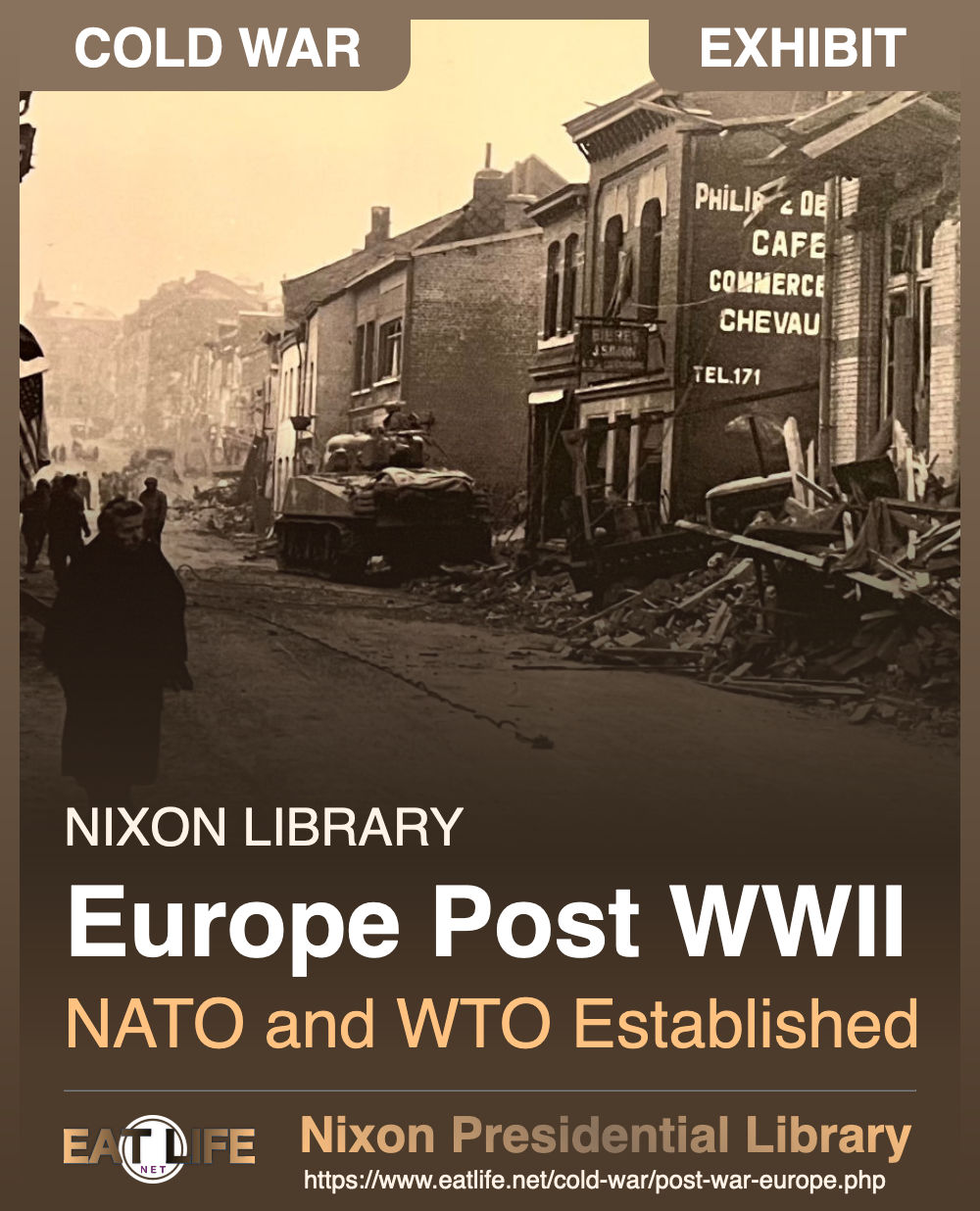In the spring of 1945, Europe was in ruins. World War II had rendered nearly every European nation a battleground. Nearly 45 million were dead. Some 60 million had been driven from their homes. Countless numbers of homes, farms, factories, shops, bridges, roads, railways, and ports lay in ruins. Those who survived wondered how they could rebuild their lives.
Although the fighting was over, Europe remained a battleground - an ideological battleground between the Soviet communists and the nations of the free West.
The leaders of the United States, Great Britain, and the Soviet Union met together in February 1945 at Yalta, in the Crimea, and five months later in Potsdam, Germany [https://www.eatlife.net/wwii/potsdam-conference.php] to decide the reorganization of post-war Europe. At these meetings, Europe was essentially divided into West and East: the West, democratic, the East, communist.
Once the war ended, the Soviet Union was quick to impose its control over the nations of Eastern Europe. The "Iron Curtain" descended over Europe.
To discourage further Soviet expansionism in Europe, the United States, Canada, and 10 Western European countries formed the North Atlantic Treaty Organization (NATO), a mutual defense organization, in 1949. The NATO nations agreed that an attack on any of its members would be considered an attack on all its members, triggering a unified response.
In 1955, the Soviet Union formed the Warsaw Treaty Organization as a counterbalance to NATO. Like NATO, the members of the Warsaw Pact agreed to defend one another if any came under attack.
The four horsemen of the apocalypse - pestilence, war, famine, and death - so familiar during the middle ages, again appeared in the modern world.- Historian Margaret MacMillan
World communism is like a malignant parasite which feeds only on diseased tissue.- George Kennan, State Department Soviet analyst, February 26, 1946
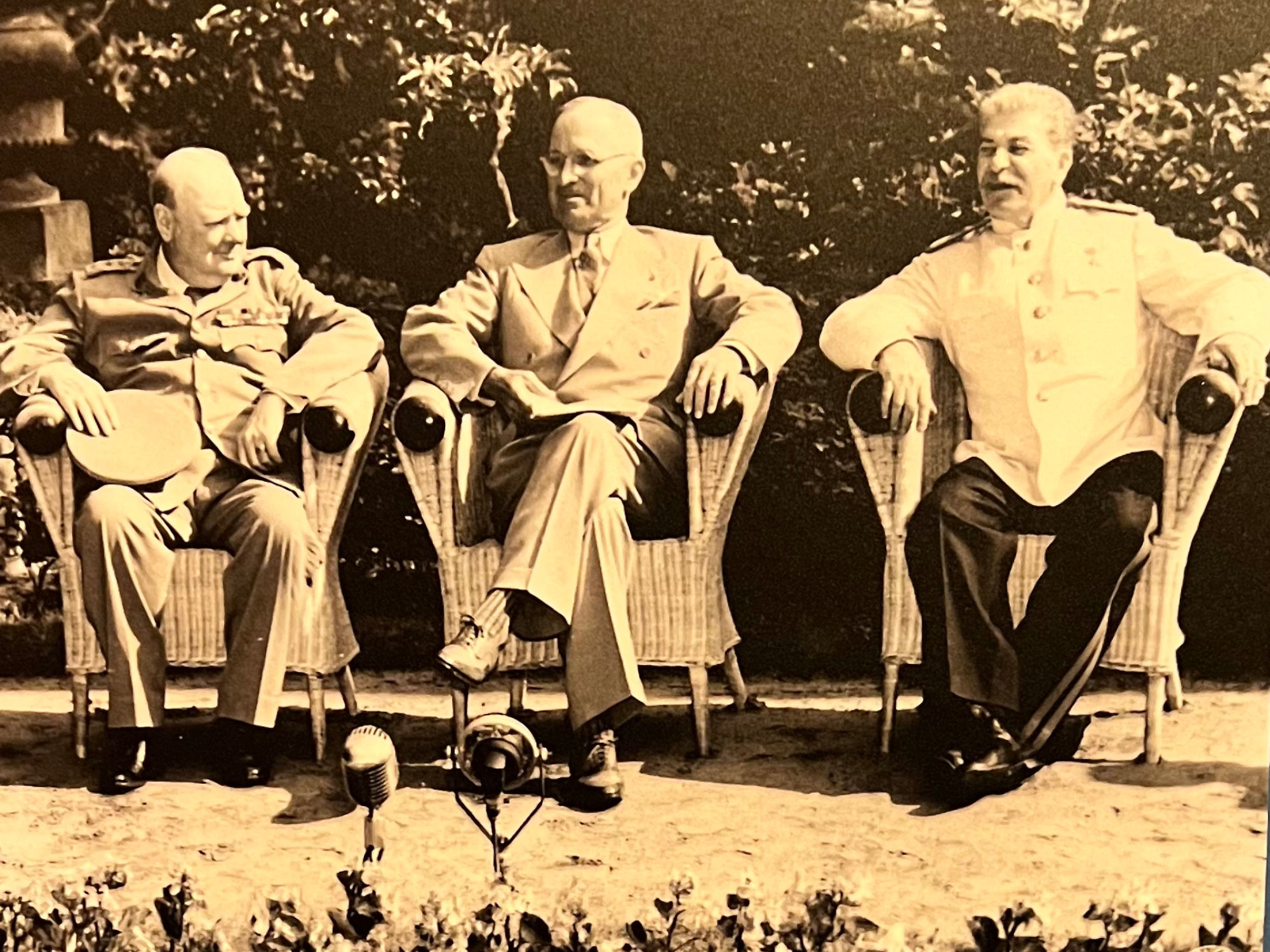
Potsdam Conference
- The final meeting of the Allied powers during World War II, the Potsdam Conference, held in occupied Germany, was instrumental in determining the postwar world order.
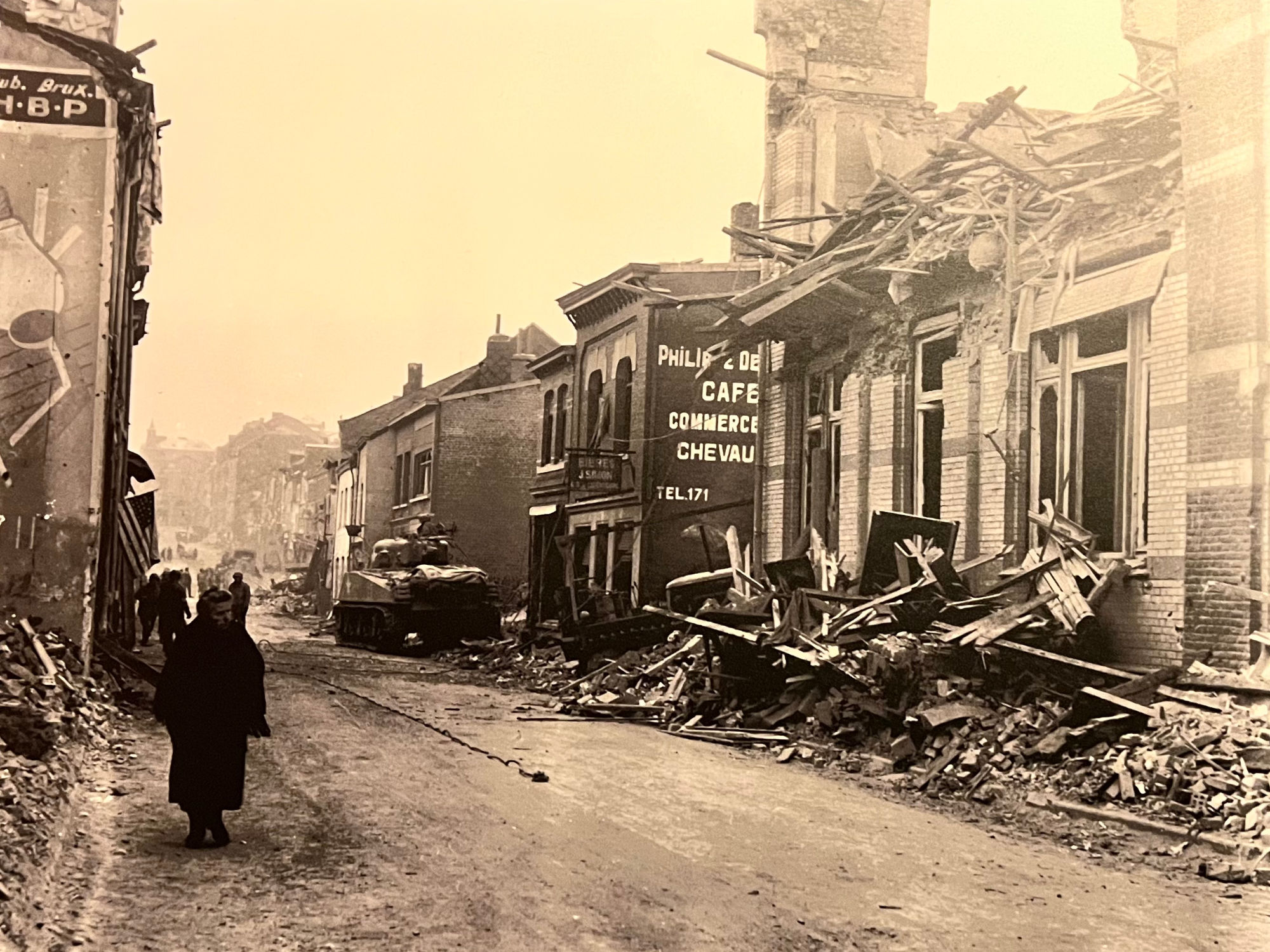
Post War Europe
- Bomb damage in Bastogne, Belgium, a common sight in post-war Europe.
On June 5, 1947, Secretary of State George Marshall traveled to Cambridge, Massachusetts to receive an honorary degree from Harvard University. Although he was not the main commencement speaker, Marshall's brief remarks would reverberate for decades.
The war in Europe had ended two years earlier, but the continent was in ruins. As Marshall described it:
Europe's requirements for the next three or four years of foreign food and other essential products - principally from America - are so much greater than her present ability to pay that she must have substantial additional help or face economic, social, and political deterioration of a very grave character.
Six months later, President Truman sent Congress a proposal for economic assistance to Europe that reflected the ideas Marshall raised in his speech at Harvard. It took Congress less than four months to pass the Economic Cooperation Act of 1948, which became known as the "Marshall Plan."
Marshall, who had retired as a five-star Army general after rising in public prominence in World War II, was tapped by President Truman to serve as Secretary of State in January 1947. Marshall was awarded the 1953 Nobel Peace Prize in recognition of his role in helping Europe recover from the ravages of World War II.
The United States should do whatever it is able to do to assist in the return of normal economic health in the world, without which there can be no stability and no assured peace.- Secretary of State George Marshall
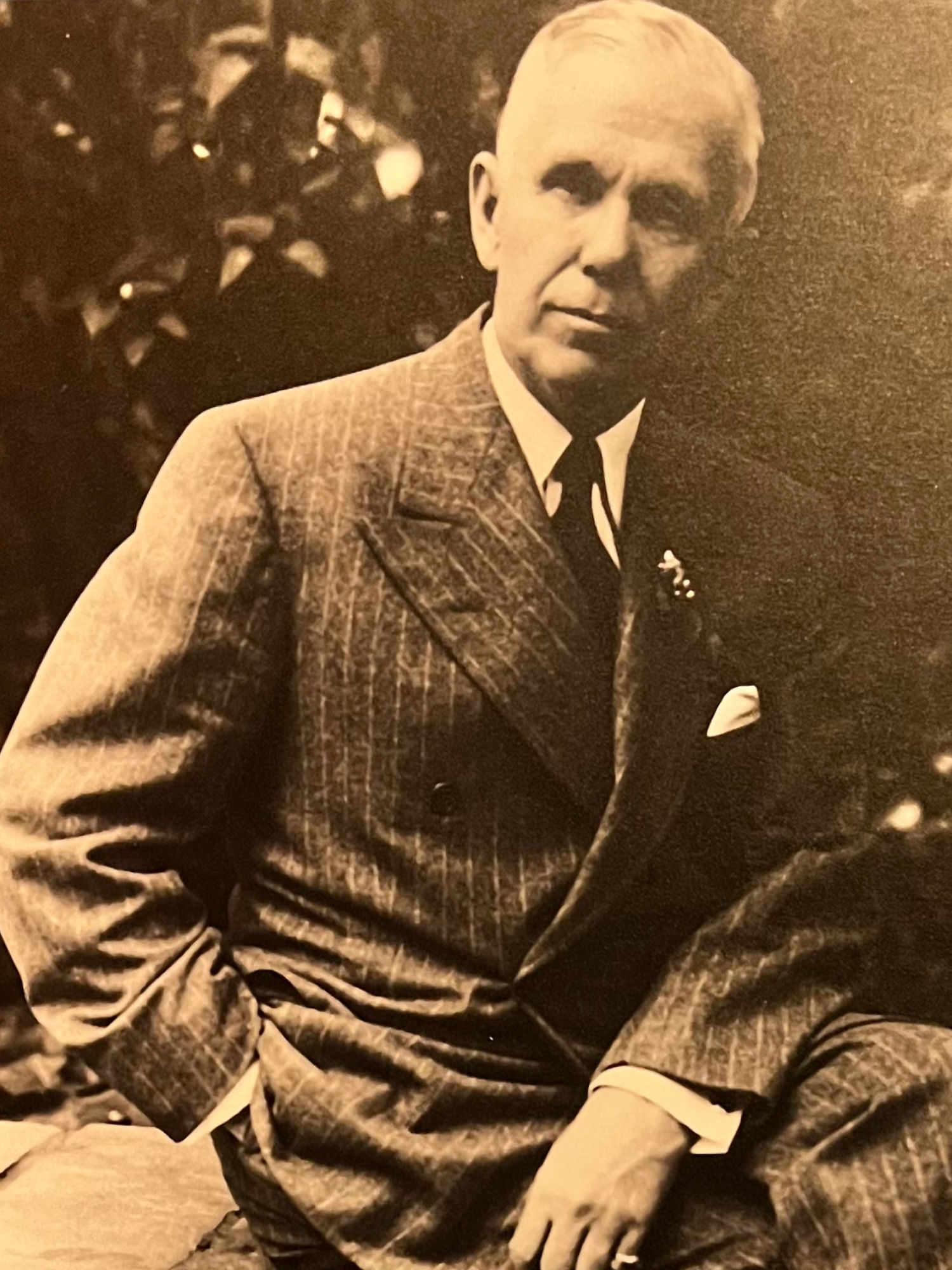
George Marshall
- Secretary of State George Marshall poses for a formal portrait.
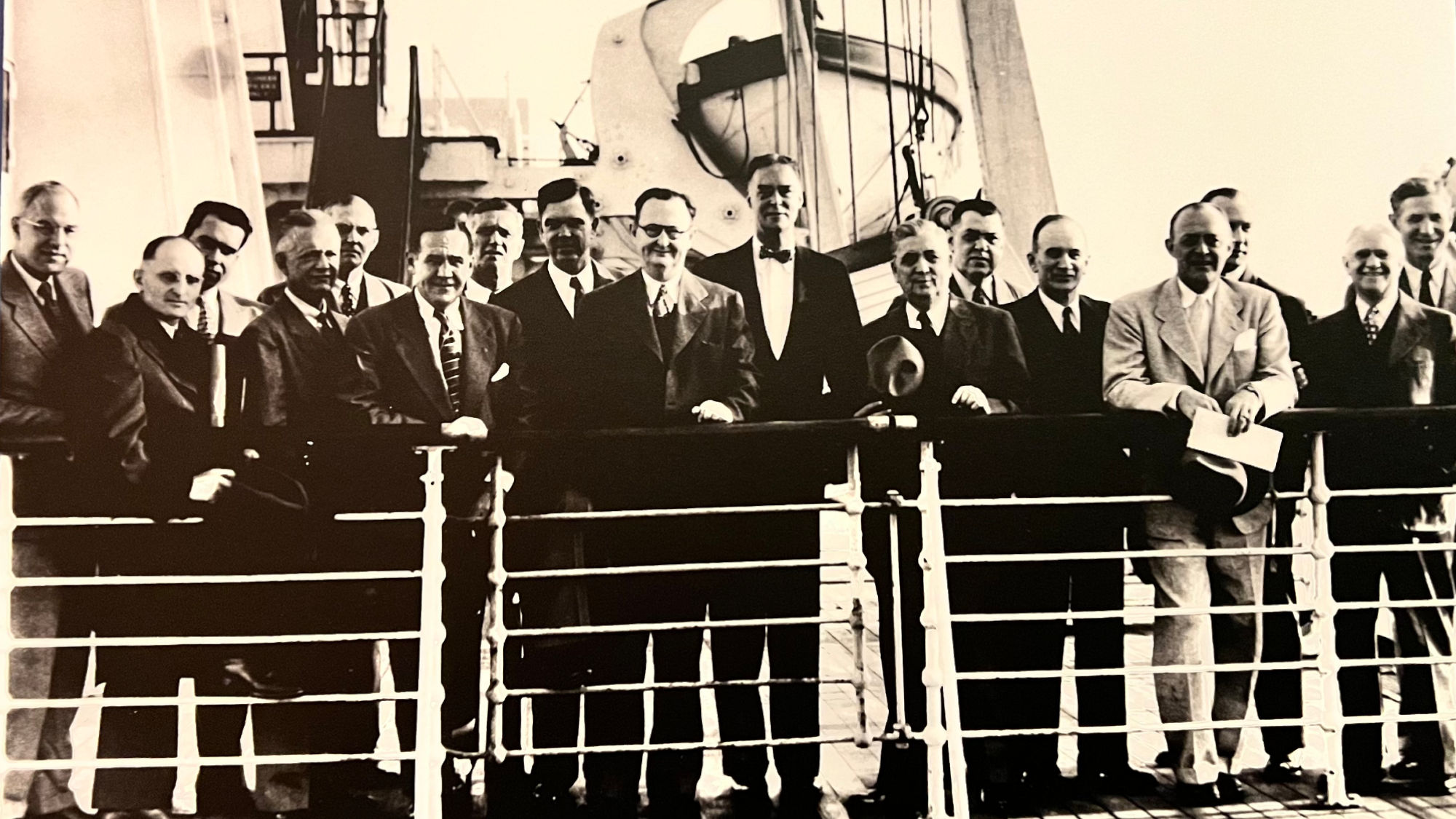
Herter Committee
Congressman Nixon Sees a Devastated Europe
- The House Select Committee on Foreign Aid (Herter Committee) aboard the RMS Queen Mary in 1947, on their way to Europe. Congressman Richard Nixon stands third from left, partially obscured by the man in front of him.
In late August 1947, freshman Congressman Richard Nixon sailed on the Queen Mary from New York bound for England. He was a member of a committee appointed by the Speaker of the House, Joe Martin, and led by Massachusetts Congressman Christian Herter. The committee was charged with reporting its findings back to Congress.
Nixon later recalled in his memoirs:
From the minute we stepped off the luxurious ship... it was clear that we had come to a continent tottering on the brink of starvation and chaos. In every country we visited the situation was the same: without American aid, millions would starve or die of diseases caused by malnutrition before the winter was over. The political facts were equally evident: without our food and aid, Europe would be plunged into anarchy, revolution, and, ultimately, communism.
On December 15, 1947, Nixon joined 312 of his House colleagues voting in favor of the Marshall Plan, with just 82 against. "As everyone now knows," he recalled, "it was successful in every way: it saved Europe from starvation, it ensured Europe's economic recovery, and it preserved Western Europe from communism."







